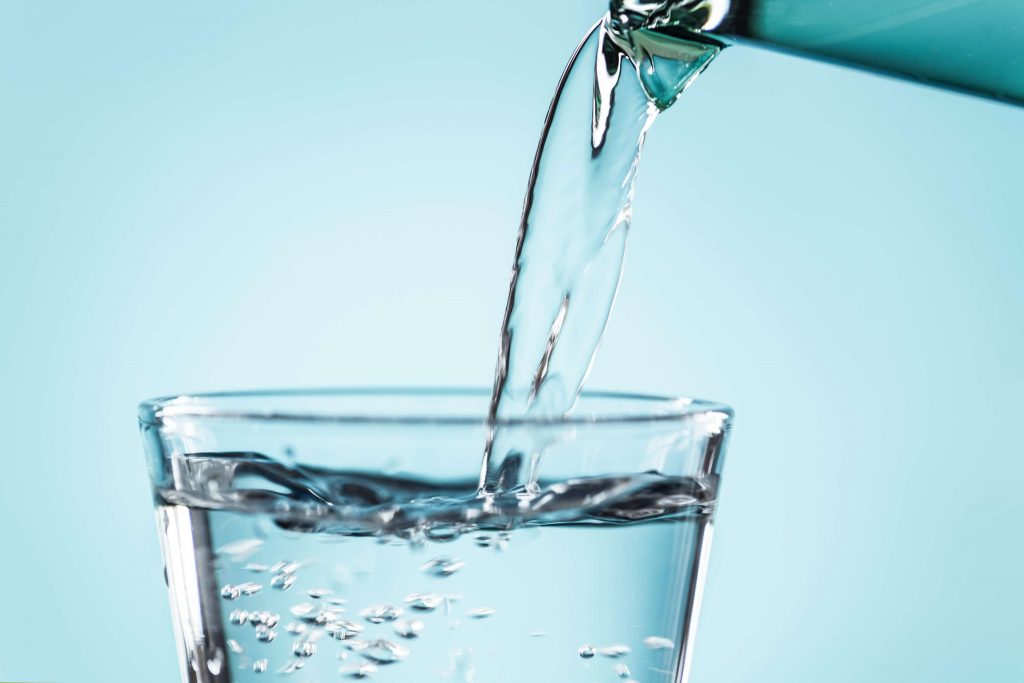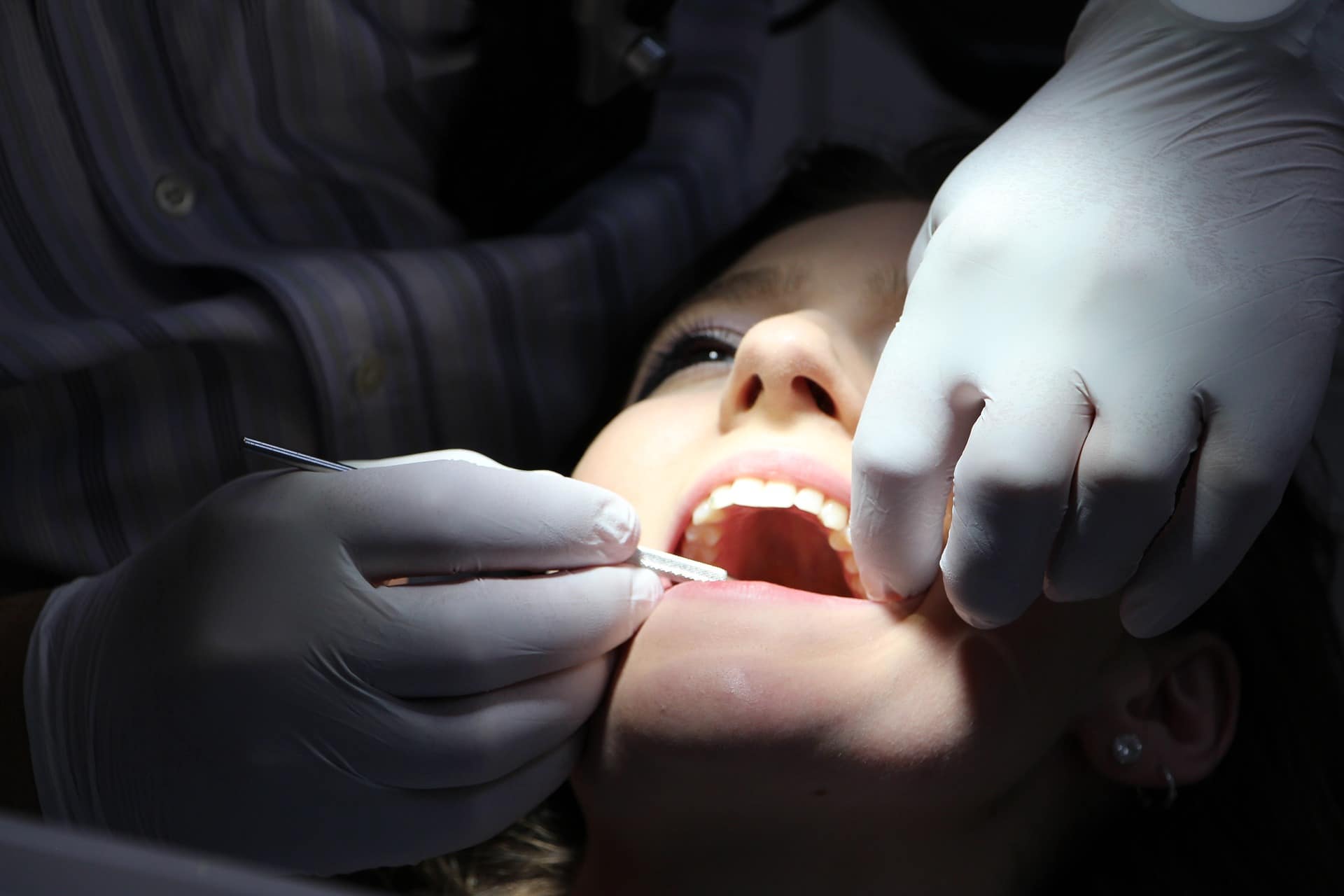The Great Fluoride Debate
The debate about the need for supplemental fluoride has become heated in recent years. Fluoride is a natural mineral found in the soil that can sometimes penetrate into our water supplies. In the 1930s, researchers determined that people in areas with naturally fluoridated water had fewer cavities than people who didn’t consume fluoridated water. This led to municipalities adding fluoride to public water sources. Fluoride is also commonly added to toothpastes and other dental products. There is no argument that fluoride is necessary for oral health, but there is a growing concern that we are getting too much fluoride these days.
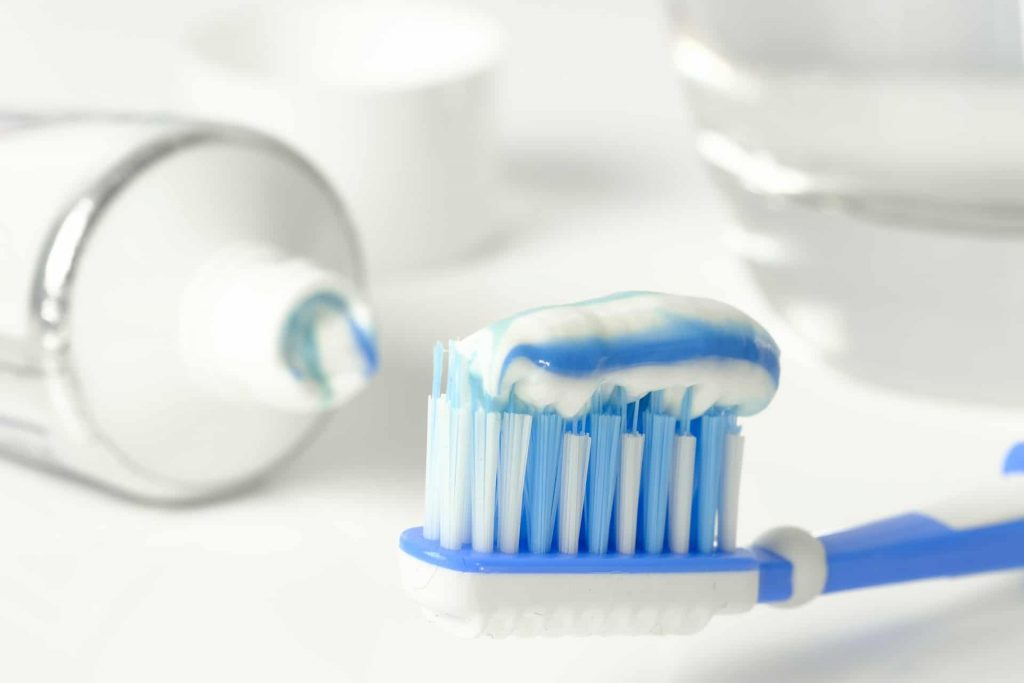
While fluoride can help reduce the incidence of tooth decay, too much fluoride may contribute to health issues. Some studies show that excessive exposure to fluoride can cause a condition known as fluorosis which damages the teeth, joints, and bones. Data indicate that today’s children are occasionally exposed to too much fluoride. Depending on the frequency and duration of the overexposure, it can cause severe dental fluorosis in the teeth. This can leave children with spots and discoloration on both their baby teeth and permanent adult teeth. Excessive fluoride can also cause skeletal fluorosis, resulting in painful joints and damaged bones. In extreme cases, too much fluoride can affect the parathyroid gland, causing hyperparathyroidism.
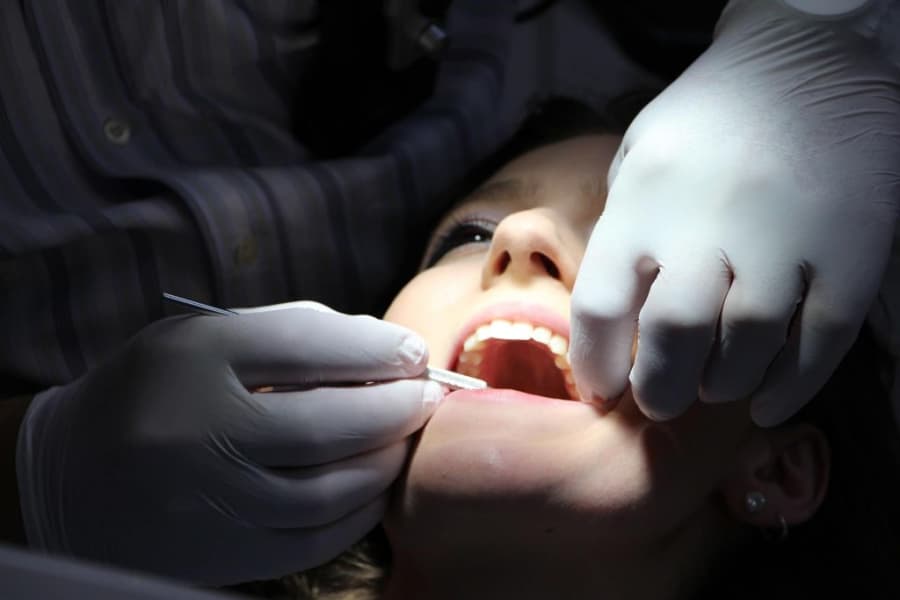
The Allowable Limit for Fluoride
The EPA has set an allowable limit for fluoride in drinking water. Their maximum contaminant level (MCL) is 4.0 mg/L or 4.0 ppm. The EPA has set this level as a measure to prevent potential health problems. If a public water system exceeds the fluoride MCL of 4 mg/L, the company must notify its customers as soon as possible within 30 days of discovering the violation.
Public Water Sources
If your drinking water comes from a public source, you can easily find out what the fluoride level is in your water. There is also a resource established by Centers for Disease Control and Prevention, called “My Water’s Fluoride.” This interactive map allows you to click on your state and drill down to your county to find out whether the public water is fluoridated. There are 39 states that participate and share their water information. If your state does not share their information online, you can call your water utility. You can find the name and contact information of the water utility on your water bill.
Well Water
Almost all water contains some level of fluoride. If you have well water, it is important to know the fluoride content of your water, particularly if you have children. It is recommended that private well owners test their wells test their water regularly for a variety of contaminants, including fluoride. If fluoride is found to be above the recommended levels, there are treatment options such as reverse osmosis and distillation that can help to remove fluoride from your drinking water.
Bottled Water
Even some bottled water can contain fluoride. Bottled water that has been de-ionized, purified, or distilled should not contain any more than trace amounts of fluoride. However, it is important to read the label to determine if fluoride has been added as an ingredient. Naturally sourced bottled waters like spring water and mineral water are highly likely to contain fluoride that is naturally present in the water source. The FDA has set specific limits for fluoride in bottled water based on several factors, including the source of the water. These limits range from 0.8 to 2.4 milligrams per liter.
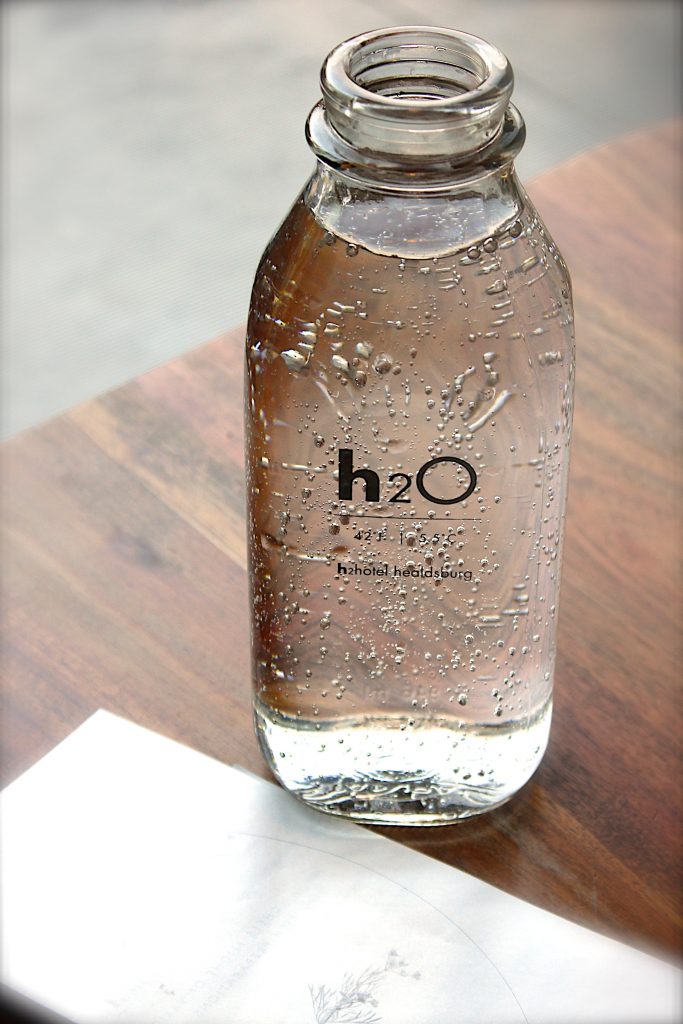
Testing for Fluoride
If you are concerned about the level of fluoride in your drinking water, there are a number of testing options available. One of the simplest tests is an at-home test kit. These kits allow you to quickly and easily test your water for the presence of fluoride, but the results are not as precise as laboratory testing. TestAssured offers a Fluoride Test Kit that allows you to send your water to our certified laboratory for testing. Simply collect your water sample in the provided sterilized vials and return them to the lab in the postage-paid return package to get a detailed analysis of the fluoride levels in your water.
How to Treat Water with Excess Fluoride
If test results show that your water contains high levels of fluoride, there are steps you can take to lower the amount of fluoride in your drinking water. Charcoal filtration systems and boiling water will not remove fluoride. In order to lower the fluoride levels, you will need to invest in a distillation or reverse osmosis system. Both of these treatment methods have been proven effective for reducing fluoride to below the 4.0 mg/L recommended level.
